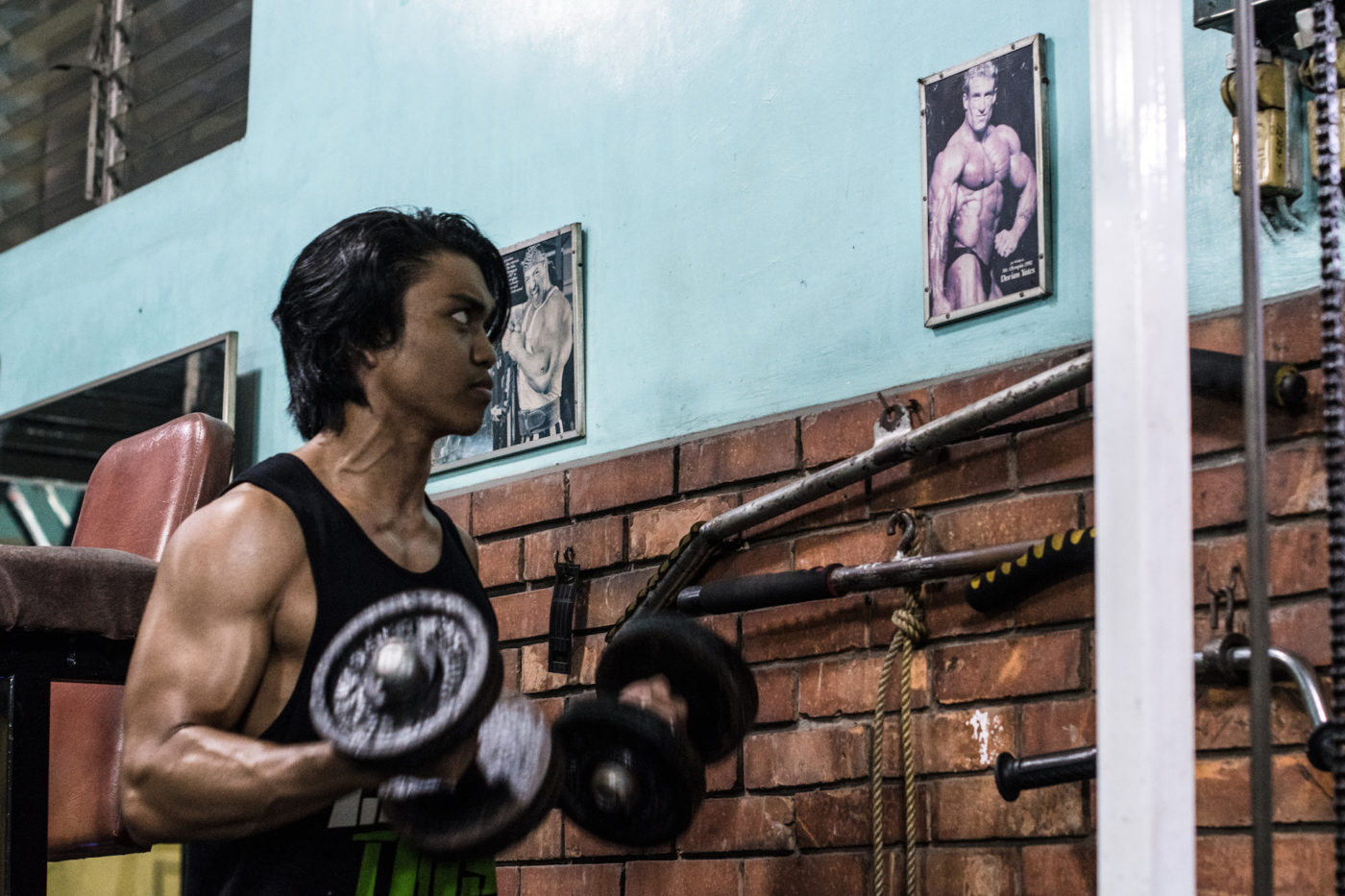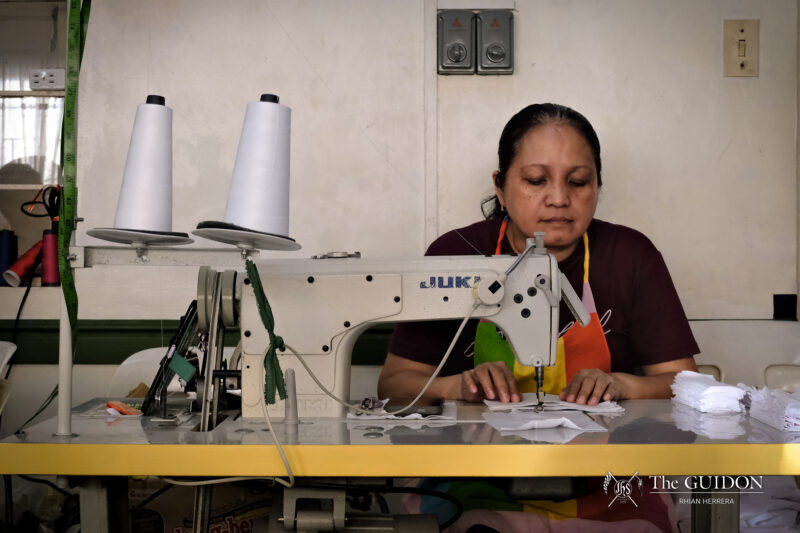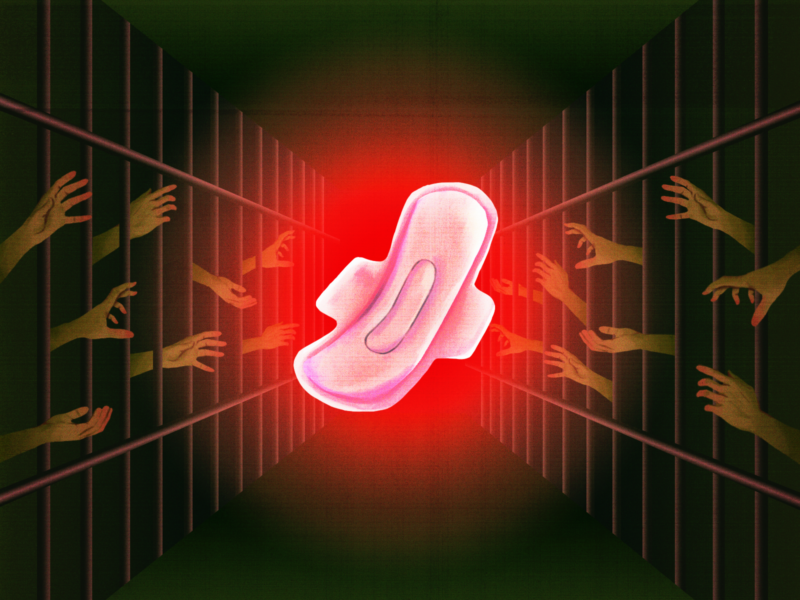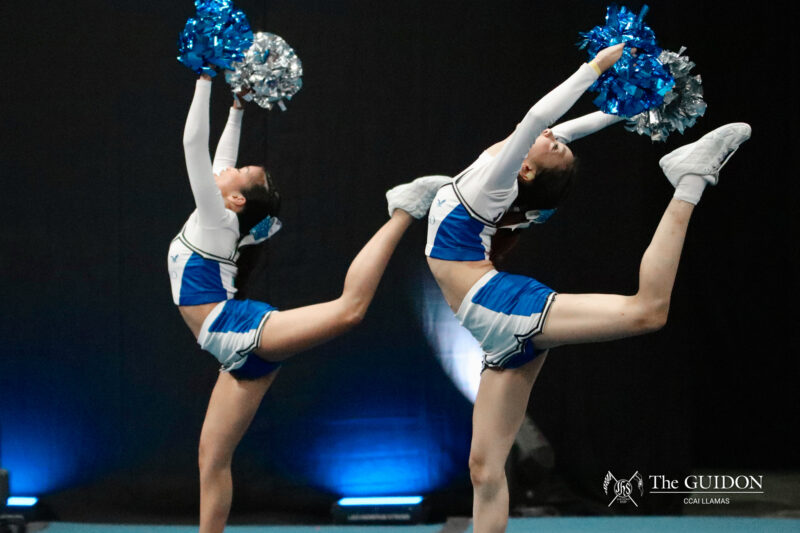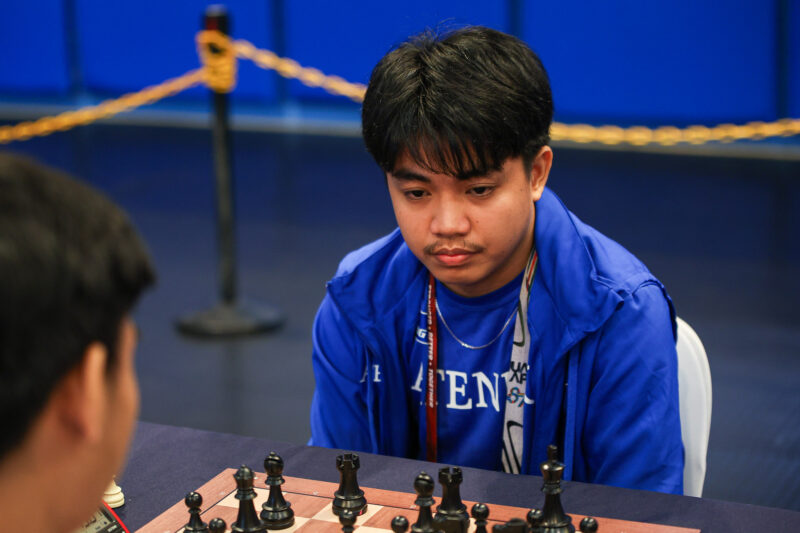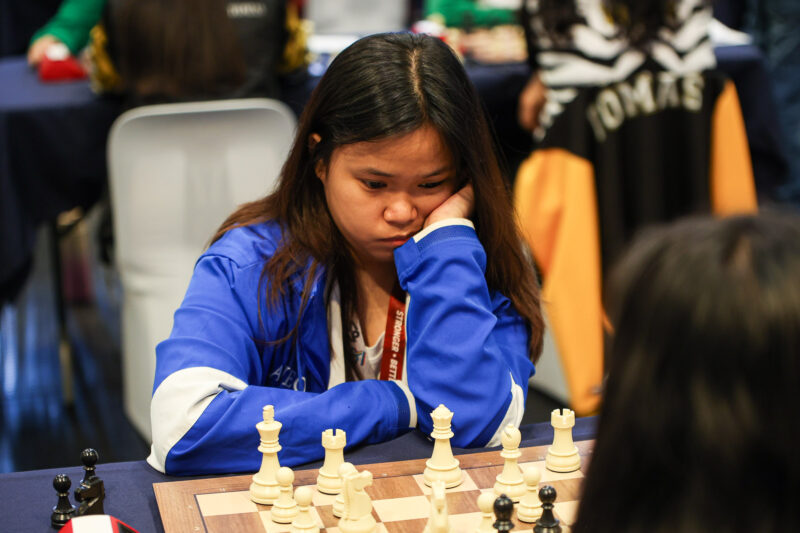A scrawny guy goes to the gym for the first time. He picks up a barbell, attempts to lift it, and fails miserably. Beside him, a muscled, gym-fit athlete looks on with a smug face, lifting twice the weight in effortless fashion. The scrawny guy’s face twists in barely hidden contempt—both at the other guy’s strength and at his own feeble attempts.
Today, both athletes and non-athletes are frequent visitors in fitness establishments such as gyms, dance, and yoga studios. However, the rise of active lifestyles has altered society’s standards of fitness and beauty, as constant exposure to individuals with aspirational body types may lead to emotional harm and injured self-esteem.
Classical roots
Born thousands of years ago, the gym has undergone drastic transformations. Its roots can be traced all the way back to the gymnasium of ancient Greek civilization, where it played an integral role in their society. It was once closely tied with education, being a crucial part of the Greek student’s curriculum.
Eric Chaline, author of The Temple of Perfection: A History of the Gym (2015), tells ABC Radio National that the atmosphere of the Greek gym was quite different from that of today’s. He mentions that the open-air gyms of Greece served as a place for men to train for various Olympic sports. Instead of seeing dumbbells being curled or barbells being lifted, one would likely witness men throwing javelins or displaying their athletic prowess through sprints or jumps.
The most eye-catching difference between today’s gym and the Greek gym is the lack of clothing of those who went to the latter. The word “gymnasium” meant a place to exercise in the nude. The physical differences between the Greek gymnasium and the contemporary gym are glaring, but at their cores, both share striking similarities.
The Greek athlete, like the modern-day gym-goer, worked out to improve. He trained for sports and combat, but also exercised for the sake of what Chaline calls “aesthetic training or training for the body beautiful.”
Excessive exercise
“If you think about it, the phenomenon of exercise is modern-day,” says Matec Villanueva, a fitness enthusiast and lecturer from the Marketing and Law Department. She cites how the medieval man did not need to exercise because his lifestyle was already physically demanding. Sitting behind a desk for eight hours a day, on the other hand, has rendered the modern man inactive.
Villanueva says that fitness institutions have developed to cater to modern people’s lack of physical activity. She cites Gold’s Gym as an example, and how it has evolved from being merely an institution for bodybuilders to becoming a place of exercise for all.
After a successful crossover from bodybuilding to acting, Arnold Schwarzenegger also played a crucial role in the rise of modern fitness by taking bodybuilding to the mainstream public. Schwarzenegger’s fame and his overly large physique influenced many to try to achieve the same. Villanueva, however, dismisses Schwarzenegger’s body as “exaggerated.”
Nevertheless, many still aspire for physiques such as Schwarzenegger’s. “Narcissistic tendencies will definitely drive a person towards doing things to improve their image,” says Nino Sinco, a long-time fitness professional and lecturer at the Physical Education (PE) Department. “Exercise is one medium of improving one’s appearance.”
However, the need for instant gratification has led some to overtrain. “Some people are not willing to be patient and put in the required work,” Sinco says. Some older gym-goers, on the other hand, purposely overtrain to outmatch their younger selves. “Hubris plays a major part,” he concludes.
Overtraining entails a litany of hazards. “The most dangerous [risk] is overtaxing the heart and the cardiovascular system,” Sinco says. Proper recovery is also often overlooked, which may lead to “muscle injuries, skeletal problems, [and] blood imbalances.”
Sinco, a fitness buff himself, is no stranger to these risks. After a particularly intense triathlon many years back, the PE instructor developed heart arrhythmia, a condition characterized by irregular heartbeats. “It proved to be my last competitive event,” he laments.
In extreme cases, overtraining can even cause death, argues New York Times columnist Gretchen Reynolds. She cites a University of South Carolina study, which found that among adults who take up running as exercise, those who ran for extended periods of time had a 19% higher risk of dying than those who merely jogged. Reynolds says that beyond 20 miles of distance jogged per week, “the benefits plateaued rapidly.”
Diet culture
For many, physical exercise has turned into a means of achieving one’s dream body. Naturally, along with physical exercise, comes the obligatory need to eat well. Consequently, the rise of fitness culture in the last few decades was also accompanied by the rise of a diet culture.
This culture of dieting, which was supposed to encourage healthy food choices, instead puts emphasis on bodies far from the norm. Michelle Lelwica, author of The Religion of Thinness (2009), says in her book that “we live in a culture that worships thinness.”
Villanueva argues that people are misinformed on the ideal body. “[The] ideal body is made up in your head. The ideal body is not thin. The ideal body is strong. The ideal body is well,” she says.
One’s ideal body should be realistic and appropriate for their height and age. For Villanueva, her goal is just to be healthy and strong. “I’ll work for [my personal goal] kasi kanya-kanya (because to each his own).”
Moreover, the arduous lifestyle of fitness requires an individual to be committed to their goals. One must first make sure that he is willing to burden himself with the demands of a rigorous lifestyle before going on a journey of physical fitness. Villanueva shares that her healthy lifestyle was not without adversity. “I had to train six days a week for 12 weeks and my diet was no grain, no sugar, no oil, no salt, no dairy.” She adds that restricting salt forced her to eat bland food.
Time constraints are another dilemma to deal with. For Villanueva, this means having to work out two hours every morning. Her routine, however, is no problem for her. “Ganito lang ‘yan: Kung gusto may paraan, kung ayaw may dahilan (It’s basically this, if you really want it, then you’ll find a way, if you don’t, then you’ll make excuses),” she says.
The right balance
An ideal fitness regimen thus incorporates an adequate amount of exercise, and not an overwhelming one. Combined with appropriate expectation-setting, avid gym nuts and fitness newbies alike may avoid the pitfalls of overtraining, while also achieving ideal physical fitness.
For those just starting their fitness journey, Sinco encourages realistic, attainable goals. “Start slowly and build up over time,” he says. He also recommends looking at one’s family’s medical history to see which way diet would be best for them.
In the Ateneo, fitness initiatives such as “Get Fit, Don’t Quit” by the Loyola Schools Health Services (LSHS) also encourage taking up exercise at a slow but steady pace.
When it comes to exercise, moderation is key. The detrimental effects of overtraining are easily preventable with a well-informed fitness regimen. Pushing oneself towards a twisted ideal, even as the body signals that it has had enough, does more harm than good.
In the end, fitness enthusiasts ought to gauge their own exercise needs and set the appropriate wellness goals. “Do a variety of exercises to keep the enthusiasm up,” Sinco says. “And most importantly, enjoy what you do!”
What do you think about this story? Send your comments and suggestions here: tgdn.co/2ZqqodZ

